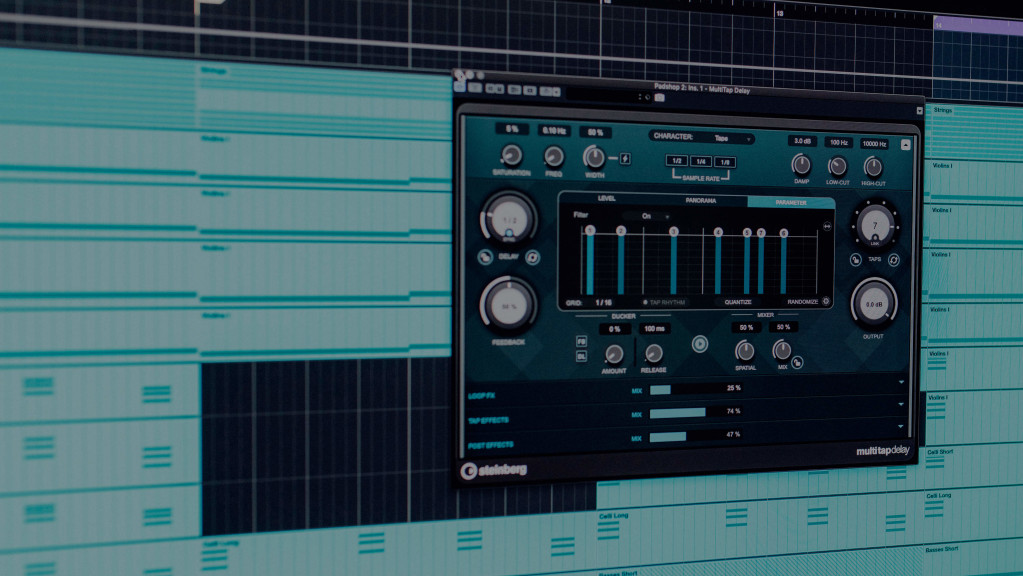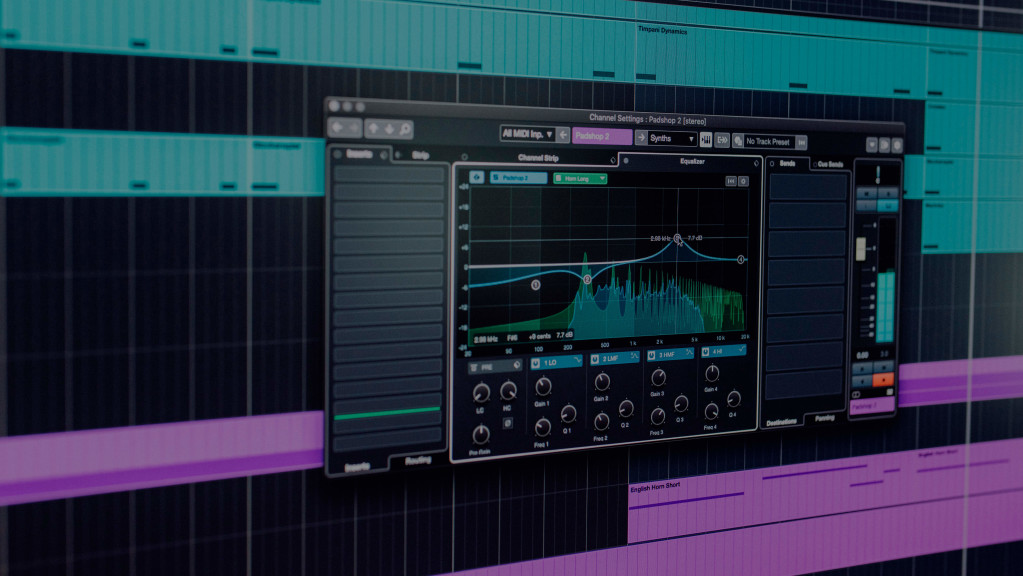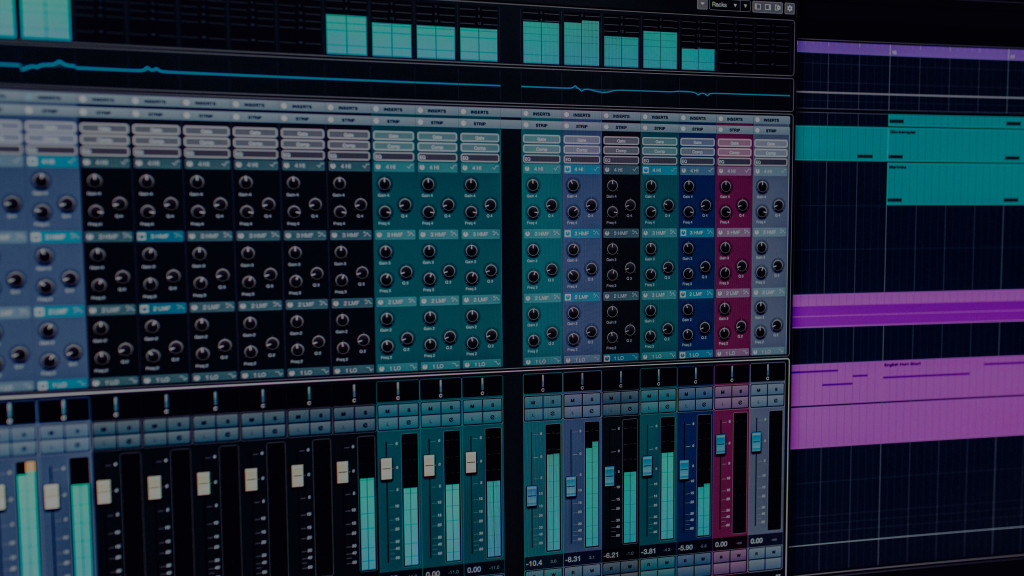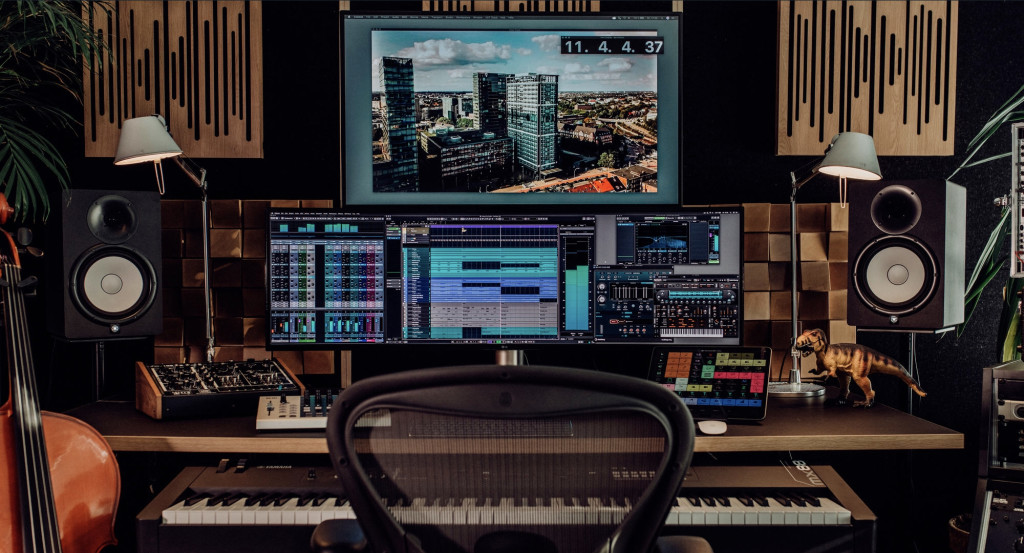The software has always been feature packed. But in addition to serious workflow tools, the latest release might add some inspiration, too.
Even as we’re spoiled for choice in production tools, Cubase stands out as one of a few tools that does it all. If you’re looking for a cross-platform production environment that never says “I can’t do that,” it makes it fairly hard to go wrong. So – how do you add more to that?
Let’s break that down into an overview. This update has some different additions for different audiences.
Oh yeah, and another thing – Cubase has quietly turned 30 years old with this release. That says something about Steinberg’s dedication, and also the endurance of specialized, mature tools for the unique demands of producing music and sound.

Creative inspiration
There’s a new MultiTap Delay, adding to Cubase’s creative tools. (Pro/Artist)
Padshop 2 upgrades this unique granular instrument, which is also available as a plug-in. I’ll write about that separately, because, well, it’s granular. Also, while Logic has its own wild delays, here Steinberg has the edge – there’s nothing quite like this in Logic. Oh, and it runs on Windows, too. (Pro/Artist)
Plus the Elements version now has the Stereo Delay, De-esser and Roomworks processors, which makes it actually a very fine entry level DAW investment.
Lately, all the DAWs seem to be adding a feature for recording ideas before you hit record. Steinberg calls is “Retrospective MIDI Record” which sounds better than “oh I forgot to hit — £$&* it!” Or “why do my ideas always suck when the recording is on; that was great and what did I even just play I forgot it already?!”


Mixing and editing
You can now colorize mixer channels. (Pro/Artist/Elements)
There’s a new Pro-only Spectral Comparison EQ. That’s an interesting new approach doing equalization and precise mixing; I’m curious how it’ll be received (especially by people whose ears already do this pretty well – and those who struggle, too).
A serious tool for production
There’s a bunch of other stuff:
- Import tracks individually from a project (Pro)
- Export video as H.264 with 16-bit stereo audio (Pro/Artist/Elements)
- Combine Select Tools Mode for precise selection (Pro/Artist)
- Optional dBFS Max normalization (Pro)
And the Score Editor, Macro creation window, and other areas see improvements, among lots of other improvements.
Maybe best of all – you can run in Safe Mode without plug-ins for easier troubleshooting, which all DAWs really ought to make easier. Word is also that Steinberg is finishing Catalina compatibility, though part of the appeal of Cubase – unlike Logic – is that you don’t need a Mac to run it.

More information:
https://new.steinberg.net/cubase/new-features/
It’s also worth saying that Steinberg isn’t employing a one-size-fits-all-approach – unlike, for example, their German neighbors at Ableton (or Pro Tools, for that matter). So in addition to editions, there are differentiated tools.
There’s Cubase, but there’s also Nuendo for heavy-duty production work, as favored by a lot of broadcast and film users.
And maybe most interesting is that Steinberg is one of the few companies left really developing the idea of dedicated wave editing, which is crucial to a lot of pro workflows and mastering and other engineers.
While WaveLab has long been a stalwart in this category, they’ve added something rather new with SpectralLayers, a new visual approach to editing. So you’ve got your choice of ways of working.